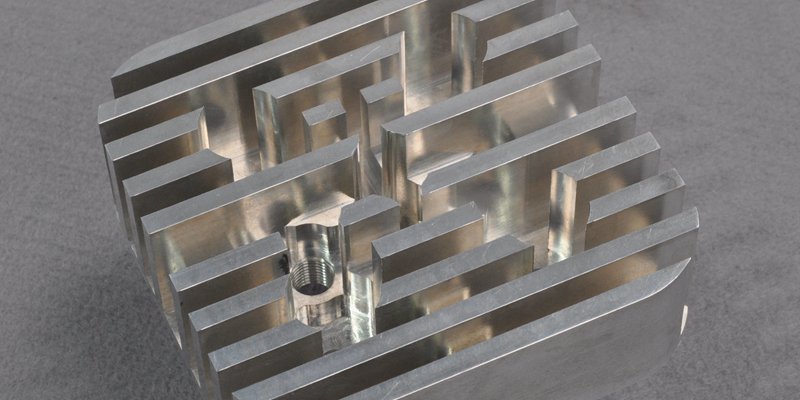- November 4, 2023
2024 aluminum alloy is a widely used metal in making aircraft parts due to its high strength-to-weight ratio. Its unique composition is responsible for its properties and aids its versatility and wide industrial applications.
Successful applications of 2024 alloy are only possible by understanding its properties and processes. So we will discuss its properties, machining processes, and applications.
What is 2024 Aluminum Alloy?
2024 is a type of aluminum alloy with exceptional 2024 aluminum properties due to its chemical composition. It has copper (4.3–4.5%) as its primary alloying element and other elements such as manganese, magnesium, silicon, nickel, bismuth, lead, zinc, and chromium.
Elements such as copper improve its strength-to-weight ratio and machinability. Hence, aluminum alloy 2024 is ideal for making structural parts. The table below shows its alloying elements and their percentage composition.
| Alloying element | Percentage composition by weight |
| Silicon | Maximum of 0.5% by weight |
| Iron | Maximum 0.5% |
| Copper | 3.8% – 4.9% |
| Manganese | 0.3% – 0.9% |
| Magnesium | 1.2% – 1.8% |
| Chromium | Maximum 0.1% |
| Zinc | Maximum 0.25% |
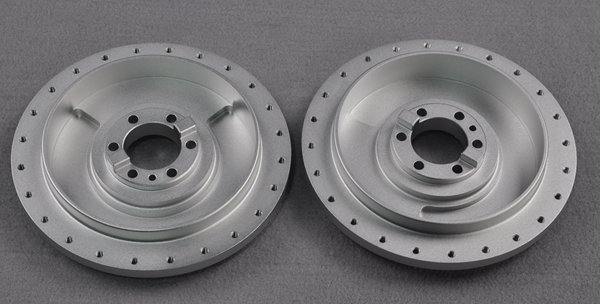
Properties of 2024 Aluminum Alloy
2024 aluminum properties are due to its chemical composition and are dividable into physical, mechanical, and others. Furthermore, the properties vary based on heat tempering, leading to the need to understand the material to aid their use.
Physical Properties
The physical 2024 aluminum properties give information about its behavior and suitability for its intended applications. The physical properties of aluminum 2024 are:
- Density: Aluminum alloy 2024 has a density of 2.78g/cm3. This is low (slightly higher than pure aluminum 2.7g/cm3), meaning the material can provide strength without adding weight.
- Thermal Conductivity: Its thermal conductivity is about 120 W/(m·K). As a result, it is important in parts needing faster heat dissipation, especially in aircraft engines.
- Electrical Conductivity: 2024 Aluminum alloy has an electrical conductivity of 30% IACS due to the presence of copper, although it is not as conductive as its primary alloying element (copper).
- Coefficient of Thermal Expansion (CTE): Aluminum 2024 has a moderate CTE (23.2 µm/m°C), meaning its dimension does not change much with increased temperature. Hence, manufacturers can predict the material’s expansion and contraction and reduce the risk of part failure due to temperature change.
- Machinability: Aluminum 2024 alloy is highly machinable, i.e., compatible with machining operations such as cutting, drilling, turning, etc. Furthermore, it has high working, which allows easier cutting and extrusion. Its excellent workability and machinability make it a valuable material in aerospace and automotive sheet metal fabrication.
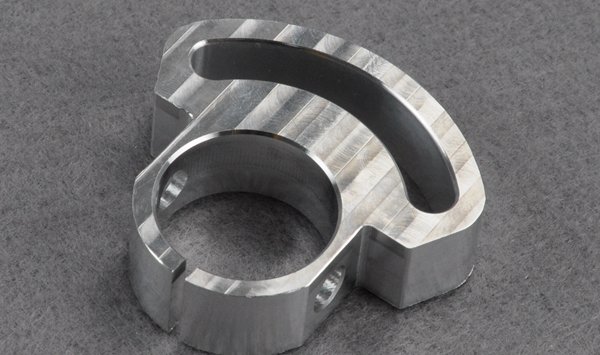
Mechanical Properties
The alloy’s mechanical properties describe its response to mechanical forces or loads. These include:
- Tensile Strength: 2024 aluminum has a tensile strength of 290 – 450 MPa (42,100 – 65,300 psi). This shows that it withstands a huge force during pulling or stretching before breaking. Furthermore, it makes it applicable in making parts with load-bearing/structural attributes.
- Yield Strength: Its yield strength is 195-415 MPa (28,300-60,000 psi). This means that it requires much stress to undergo irreversible plastic deformation. As a result, it is applicable in making parts with structural applications.
- Hardness: Its hardness depends on the heat temper, ranging from 50HB to 120HB. Furthermore, it measures its resistance to deformation, abrasion, and scratching and can guide manufacturers in the applications of 2024 aluminum alloy.
- Fatigue Strength: 2024 aluminum alloy has good fatigue strength (138 MPa or 20,000 psi), calculated with 500,000,000 loading cycles under the yield point. As a result, one of the applications of 2024 aluminum alloy is making parts that can withstand cyclic loading or repeated stress.
- Shear Strength: Shear strength is a measure of the aluminum 2024 alloy to shearing stresses or cutting stresses. It has a value of 283 MPa (41,000 psi), which is moderately strong.
Below is a summary chart of the 2024 aluminum properties with differences based on its common heat tempers:
| Physical Property | 2024-T3 | 2024-T4 | 2024-T851 |
| Density | 2.78 g/cm3 | 2.78 g/cm3 | 2.78 g/cm3 |
| Solidus | 502 °C | 502 °C | 502 °C |
| Liquidus | 638 °C | 638 °C | 638 °C |
| Annealing temperature | 413 °C | 413 °C | 413 °C |
| Thermal conductivity | 121 W/mK | 121 W/mK | 151 W/mK |
| Specific heat capacity | 0.875 KJ/Kg°C | 0.875 KJ/Kg°C | 0.875 KJ/Kg°C |
| Thermal conductivity | 121 W/mK | 121 W/mK | 151 W/mK |
| Mechanical Property | 2024-T3 | 2024-T4 | 2024-T851 |
| Tensile strength | 483 MPa | 469 MPa | Above 455 MPa |
| Yield strength | 345 MPa | 324 MPa | Above 400 MPa |
| Modulus of elasticity | 73.1 GPa | 73.1 GPa | 72.4 GPa |
| Brinell hardness – 500g weight, 10 mm ball | 120 | 120 | 128 |
| Elongation at break (12.7 mm test piece) | 0.18 | 0.19 | 0.05 |
| Shear strength | 283 GPa | 283 MPa | 296 GPa |
| Fatigue strength | 138 MPa | 138 MPa | 117 MPa |
| Thermal expansion coefficient | 23.2 µm/m°C | 23.2 µm/m°C | 23.2 µm/m°C |
Methods for Processing and Manufacturing 2024 Aluminum Alloy
Aluminum 2024 excellent properties make it a popular industrial material. Below are several processing and manufacturing methods for making the alloy.
Alloying and Casting
The chemical composition of aluminum alloy 2024 is copper, magnesium, manganese, and other elements like silicon and iron in 0.3%.
The 2024 aluminum manufacturing process starts with casting. Aluminum ingots and alloying elements are melted in a furnace, and the molten form is cast into various shapes. The casting method can be continuous casting or ingot casting, and the choice of casting method depends on the requirement and shape of the final product.
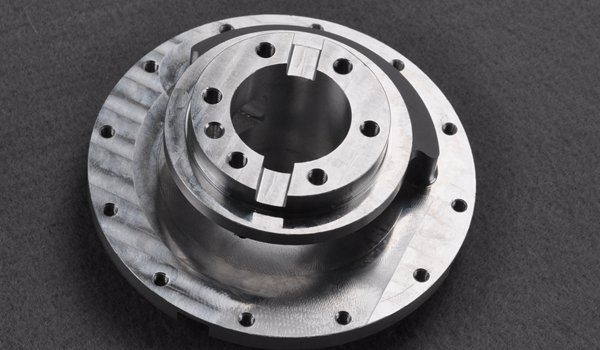
Heat Treatment
Heat tempering is a process that strengthens a metal or its alloy. It includes processes such as:
- Solution heat treatment allows the alloying elements to dissolve into the aluminum matrix and give a homogeneous microstructure. It occurs at a high temperature (typically 480°C to 495°C) with the temperature held for a predetermined time.
- Quenching is a controlled and rapid cooling of the alloy after heat treatment. It results in freezing the alloy’s microstructure and prevents the formation of large precipitates.
- Aging is another process that alloy 2024 is subjected to, leading to a different temper. It can be natural, as seen in (T3) or occurs at a lower temperature (typically 120°C and 190°C). This leads to the precipitation of fine particles within the aluminum matrix and increases the alloy’s strength and hardness.
- Cold working involves shaping the alloy 2024 when cold using techniques such as rolling, extrusion, and drawing. This increases the alloy’s strength, and it can afterward be subjected to machining techniques such as milling and turning.
Due to heat tempering, aluminum 2024 alloy has slightly different mechanical properties. Each temper has a designator, “Tx” where x is a one-to-five digit that encodes the properties of the alloy.
The first digit indicates the heat treatment method, while the second-to-fifth digits indicate specific manufacturing qualities. For example, in the T42 temper, 4 denotes solution heat-treating and natural aging, and “2” denotes that the buyer must heat-treat the metal themselves.
However, it is confusing, manufacturers must talk to experts who know about the properties of the alloy. Common tempers of the 2024 aluminum alloy include:
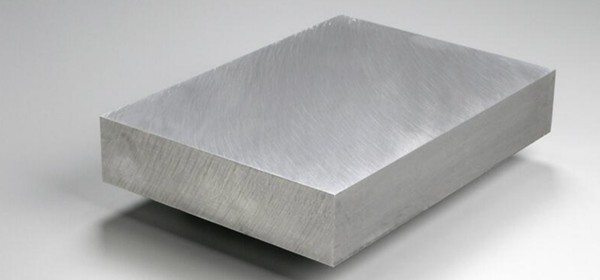
2024-T3
2024-T3 undergoes a solution heat treatment at about 4850C, cold working (or cold rolling), and natural aging at room temperature. It has an ultimate tensile strength of 400–430 MPa (58-62 ksi) and yield strength of 270–280 MPa (39-40 ksi). Its good formability and strength make it suitable for making complex-shaped parts.
2024-T4
T4 temper alloy undergoes solution heat treatment and natural aging at room temperature. This leads to improved ductility and formability. As a result, they are applicable in making parts that require better shaping abilities without reducing strength.
2024-T6
This alloy underwent solution heat treatment, then artificial aging at about 190-205°C (375-400°F). This makes it the strongest and hardest temper. As a result, it is suitable for making parts where strength is critical.
2024-T62
This T6 2024 aluminum alloy underwent stabilization heat treatment after artificial aging. As a result, it has better stress corrosion cracking resistance. Furthermore, this makes it suitable for parts used in corrosive environments.
2024-O
This 2024 aluminum alloy did not undergo heat tempering but underwent a full annealing. This increases its formability but reduces its strength compared to the other tempers, and it has an ultimate tensile strength of 140 – 210MPa and a maximum yield strength of 97 MPa (14,000 psi). It is suitable for making parts that require flexibility.
Cold Working and Machining
Cold working methods include rolling, extrusion, and drawing, increasing aluminum 2024 strength and other mechanical properties. Furthermore, they can shape the alloy into the desired design. Aluminum alloy 2024 is also highly machinable using conventional machining techniques, such as milling, turning, and drilling.
Welding
Aluminum 2024 alloy is also subjectable to welding techniques such as TIG welding, resistance spot welding, and friction stir welding. Welding aluminum 2024 is critical due to its tendency to suffer from microcracking. As a result of its poor weldability, riveting and adhesive bonding are more common joining techniques.
2024 Aluminum Alloy in CNC machining
CNC machining is a subtractive manufacturing process that involves using a computer-controlled machine to remove part of a workpiece according to predefined designs and specifications and form the required product. Machining aluminum 2024 is possible using milling, turning, and drilling techniques.
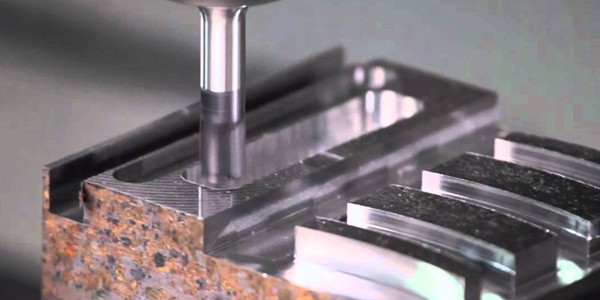
The CNC process is suitable for prototyping and manufacturing 2024 aluminum alloy parts due to the following:
High Precision and Accuracy
CNC machines are highly precise and accurate, making adherence to the design possible. It also means there are little to no differences in different batches of products. As a result, they have a wide application product assemblage due to the ability to achieve tight tolerances.
Surface Finish
Machining aluminum 2024 yields a fine surface finish. This is perfect for parts that need aesthetic attributes or functional properties such as low friction. As a result, there is a reduced need for other surface-finishing processes, which reduces the post-production cost.
Versatility
CNC machining can work with different sizes and shapes of the alloy. Furthermore, a single setup can accommodate many tools and allow you to cut, turn, or mill the alloy. Consequently, this makes the production of different parts easier.
Automation
CNC machines do not rely on human operation. Aside from leading to error-free production, it also makes the process very fast, hence its wide adoption in many industries.
Benefits of 2024 Aluminum Alloy Compare Other Alloys
The alloy is a notable contender in several industries due to its advantages. Below are some advantages of the alloy in comparison to others.
High Strength-to-Weight Ratio
2024 aluminum alloy has an exceptional strength-to-weight ratio compared to 6061 aluminum and 7075 alloy. However, 6061 and 7075 alloys have better stress corrosion cracking resistance.
Good Fatigue Resistance
Its fatigue resistance makes it suitable for exposing parts to repeated cyclic loading. This makes it a better option than 6063 aluminum alloy, known for its excellent formability and corrosion resistance but low fatigue resistance
Machinability
It has a higher machinability than 7075 aluminum alloy, as the latter is harder. As a result, it is more suitable for precision machining. Furthermore, it is better than 6063 aluminum alloy, whose extrudability only makes it suitable for simpler profiles and shapes.
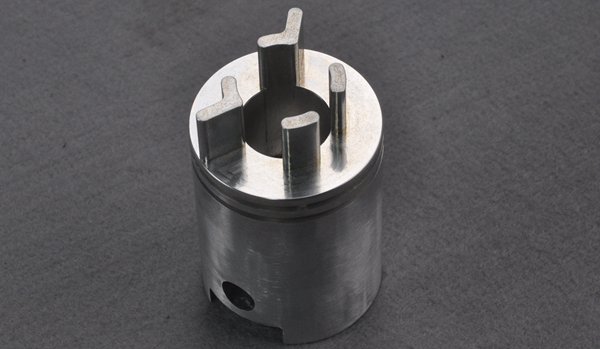
Limitations of 2024 Aluminum Alloy in Production
Aluminum alloy 2024 also has its disadvantages, which include.
Susceptibility to Stress Corrosion Cracking
2024 aluminum alloy is susceptible to stress corrosion cracking. This limits its use in harsh environments unless galvanized and coated. This is unlike the 7075 and 6061 aluminum alloys known for their exceptional stress corrosion resistance.
Lower Weldability
It also has limited weldability as it is susceptible to cracking, which can compromise the welded joint’s integrity. This is unlike 6061 and 6063 aluminum alloy with good weldability.
Limited Formability
Aluminum alloy 2024 formability limits its use for complex or deep-forming parts. Instead, it is better to use 3003 and 5052 aluminum alloys, whose excellent formability makes them applicable in automotive sheet metal fabrication.
Applications of 2024 Aluminum Alloy Parts
Aerospace Industry
2024 aluminum alloy is the primary material in the aerospace industry due to its excellent strength-to-weight ratio and corrosion resistance. It applies to aircraft structural components such as wing skins, fuselage panels, and fasteners/rivets.
Automotive Industry
2024 aluminum’s strong attributes and light weight make it applicable in the automotive industry as it improves fuel efficiency and vehicle performance. It is suitable for making suspension components such as control arms and knuckles and high-performance vehicle parts such as steering knuckles, wheel spindles and wheels.
Sports Equipment
The sports equipment also uses aluminum 2024 alloy in making durable, strong, and corrosion-resistant parts such as bicycle frames, baseball bats, and climbing equipment such as carabiners and pulleys.
Marine Applications
2024 alloy can function well in harsh environmental conditions, especially after galvanizing or cladding. As a result, it is suitable for making parts used in the marine environment. These include boat construction for hulls and masts, ship fittings, ladders, railings, and fasteners.
Conclusion
Aluminum 2024 is lightweight, and its strength makes it a critical material in the aerospace industry. Successful use of the material is only achievable by understanding its properties.
Looking to use 2024 aluminum alloy or other types of aluminum alloys for your parts? WayKen offers one-stop CNC aluminum machining services with different types of aluminum alloys. From prototyping to production, we are committed to producing high-quality products to meet your requirements.
FAQs
What is the operating temperature range for 2024 aluminum?
The operational upper-temperature range for 2024 aluminum alloy is not directly known, as it depends on the type of temper you are working with and the industrial applications.
Is 2024 aluminum good for welding?
No, 2024 aluminum can suffer from microcracking, leading to loss of structural integrity. As a result, it is not good for welding
How strong is 2024 aluminum?
2024 aluminum has a tensile strength of 290 – 450 MPa (42,100 – 65,300 psi).
What are the common trade names of 2024 aluminum?
Common trade names for aluminum 2024 include:
- UNS A82024, UNS A82024, UNS A92024
- Al2024-O, Al2024-T4, Al2024-T3
- AA2024-T3,
- Alclad 2024-T3, Alclad 2024-T4/T351, Alclad 2024-T851, and Alclad 2024-O

